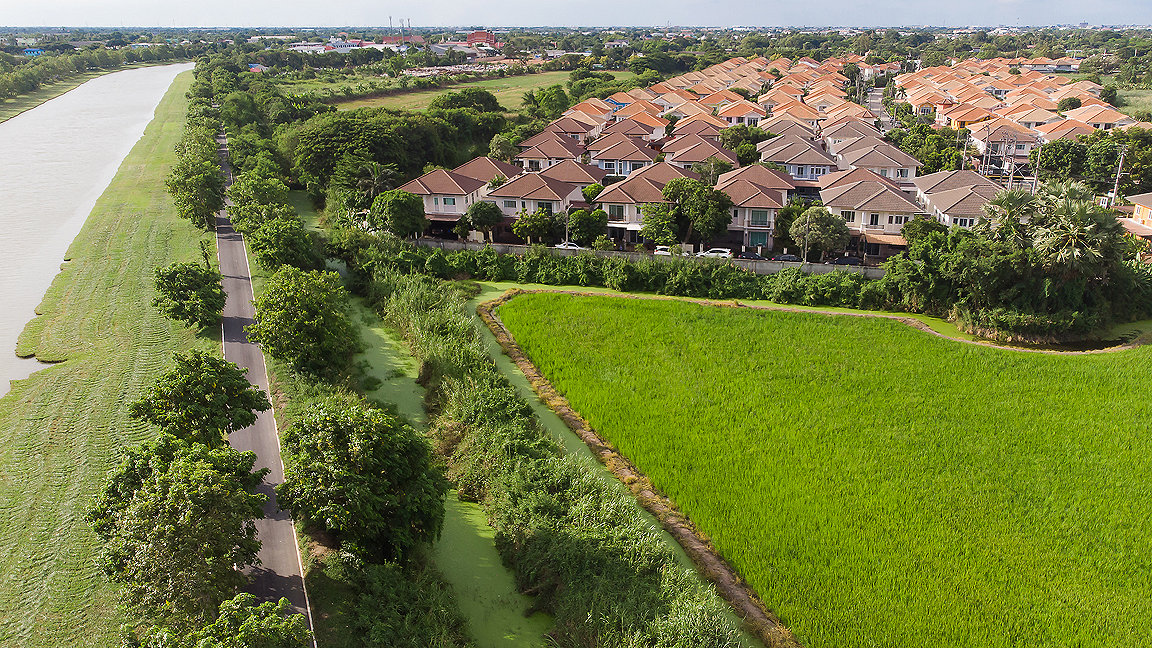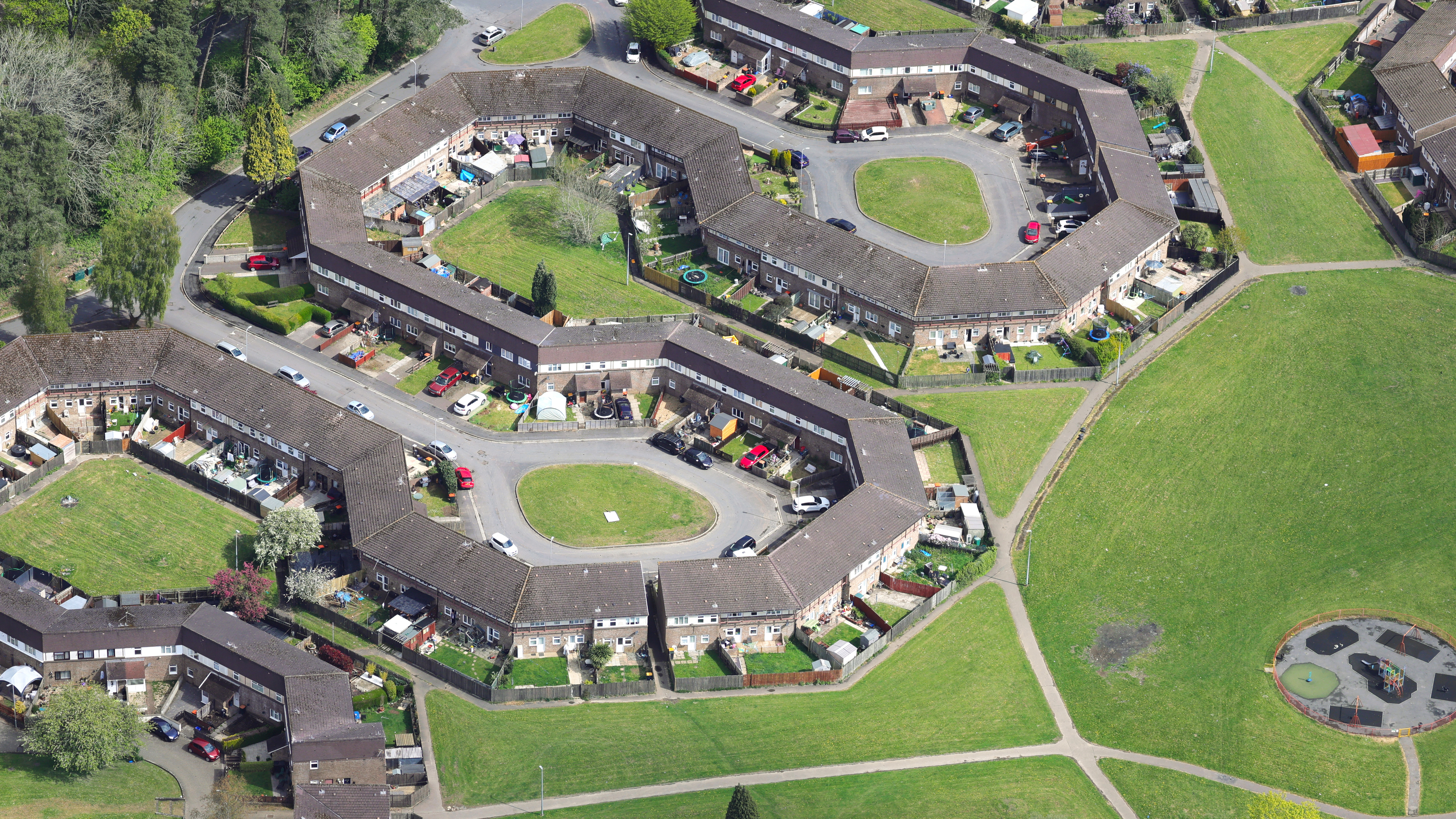
In June, the Department for Levelling Up, Housing and Communities (DLUHC) published a consultation on reforms to the compulsory purchase process, to be included in the Levelling Up and Regeneration Bill currently before Parliament. In particular, these deal with the compensation payable where land is acquired in such a way.
This consultation sought responses from stakeholders on proposals to 'allow acquiring authorities to request a direction from the Secretary of State that, for a specific scheme, payments in respect of hope value may be capped at existing use value or an amount above existing use value where it can be shown that the public interest in doing so would be justified.'
DLUHC's aim is to 'avoid lengthy disputes over the amount of hope value payable[,] and uncertainty years into the development of a scheme as to how much compensation may be payable in respect of prospective planning permission'. It adds that this is particularly relevant when the scheme's viability or the benefits it offers depend on the value paid for the underlying land.
But what is 'hope value'? And is it true that there are lengthy disputes over its amount? DLUHC provides no evidence. However, if it were the cause of dispute one would expect to find a large number of Upper Tribunal (Lands Chamber) determinations relating to hope value.
In fact, there are only a handful of tribunal cases relating to hope value, and none at values that could affect the viability of compulsory purchase orders (CPOs).
What is hope value?
RICS' Valuation of development property defines hope value as 'an element of market value in excess of the existing use value [EUV], reflecting the prospect of some more valuable future use'.
In the context of compulsory purchase, hope value can reflect either:
-
the possibility of getting planning permission as at the valuation date assuming the scheme underlying the compulsory purchase is cancelled, or
-
the prospect of getting permission in the future on the same assumption taking into account the possibility of planning policy changing.
Under the current system, where there is 'a reasonable expectation' of securing planning permission for a particular development, it is necessary to assume that permission is in place. However, where there is a less than reasonable expectation of permission at the valuation date or in the future, claims may include an element of hope value. That general requirement has been in place since the Localism Act 2011 amended the Land Compensation Act 1961 in the light of the House of Lords decision in Spirerose. But before then, it had been possible to secure an assumption of planning permission by getting a certificate of appropriate alternative development from the local planning authority or an inspector on appeal.
Uplift varies in early 21st-century cases
Some decisions on hope value were determined by Lands Tribunal (Upper Chamber) in the first decade of the century, and arose from the compulsory purchase of properties in Shoreditch for the East London line extension.
The most significant of these was Spirerose Ltd v Transport for London [2007] 49 EG 102, where the tribunal determined there was a 'strong likelihood that the claimant's scheme as proposed would have gained consent if an application had been made at the valuation date'.
The tribunal made an assessment of hope value 'To reach our assessment of the value of the site on the basis that there was no more than a hope of planning permission, we start by noting our conclusion on existing use value (£227,500) and the value that we find that the site would have had with the benefit of planning permission (£608,000). Its value if there was only a hope of planning permission would be somewhere between these two figures. (…) Our conclusion is that a purchaser in these circumstances would have been prepared to pay substantially more than existing use value but much less than full development value, say £400,000.'
In other words, the "good" prospect of securing planning permission created hope value amounting to a 75% uplift on existing use value (EUV) or about 45% of the uplift that an assumed planning permission would secure.
However, the existence of hope value does not always result in such an uplift. In Thomas Newell Ltd v Lancaster City Council, [2010] UKUT 2 (LC) the tribunal assessed the prospect of securing future planning permission to be 40%.
When it came to determine compensation, it found that the hope value added nothing to the market value, even in a buoyant residential market, as the evidence did not indicate the grant of such a permission would be likely within five years. It would therefore have been unlikely for a buyer to reflect the possibility of such a permission in the purchase price.
Similarly, the existence of hope value in land compulsorily purchased was counterbalanced by the betterment to retained land created by the highway scheme underlying the acquisition in Persimmon Homes v Secretary of State for Transport [2010] EWCA Civ 474, and no compensation was awarded.
Clearun Ltd v London Development Agency also demonstrated that a strong prospect of planning permission does not automatically translate into a windfall for a claimant. On the site in question that was acquired by the London Development Agency ahead of the 2012 Olympics, all parties agreed there was a reasonable prospect of planning permission being granted 18 months after the valuation date for residential-led, mixed-use development. However, as the tribunal pithily noted in paragraph 146 of its decision: 'Planning permission is one thing. When it is commercially viable to implement it is another.'
The tribunal found that because the Olympic scheme had been cancelled at the valuation date, improvements to Stratford – including, crucially, the Westfield retail development – would have been delayed by some years. Accordingly, 'a prospective purchaser of the reference land would have recognised that it had potential development value, but would have thought that it would probably be some seven years or so before that hope could be realised'.
After considering the risks of gazing seven years into the future, the tribunal added an uplift of 15% to the EUV.
'After considering the risks of gazing seven years into the future, the tribunal added an uplift of 15% to the EUV'
Localism Act appears to have major impact after 2011
It's notable that all the cases discussed applied the law as it was before the Localism Act 2011 amendments, which DLUHC is now seeking, in part, to reverse.
The only recent hope value cases we could find all involve the Metropolitan Borough of Stockport (Hazel Grove (A6) to Manchester Airport A555 Classified Road) (Side Roads) Order 2013 and Compulsory Purchase Order 2013 .
In Budhathoki (and Others) v the Metropolitan Borough Council of Stockport [2022] UKUT 35 (LC), the land acquired at the valuation date was, in planning terms, allocated both as green belt and open countryside. According to the acquiring authority's expert, it could not be developed in isolation.
The tribunal found that although none of the four plots had planning permission and were in areas where gaining such permission would be 'at the very least challenging', a 20% uplift on EUV should be added to each plot to reflect hope value. There was a similar outcome in Taylor & Taylor v the Metropolitan Borough of Stockport [2022] UKUT 142 (LC).
In Garner & Garner v Metropolitan Borough Council of Stockport [2021] UKUT 28 (LC), the relevant land was also allocated as green belt at the valuation date. The council submitted that this meant that there would be no prospect of developing the land in the short term.
However, the tribunal found that this was not especially determinative as 'by its very nature, hope value related to a longer-term perspective, certainly beyond the eight years considered'. The tribunal noted that the shortfall on local housing land supply would persist and that the experts agreed that some green belt land would have to be released for development.
Ultimately the tribunal awarded around £50,000/ha based on the evidence, and noted that this included an element of hope value. It is not possible to assess what the uplift against EUV was, however, given the wide range of values in the comparable evidence.

Evidence at odds with DLUHC claim
What do these decisions tell us, if anything? First, most compensation claims are settled, and few require the tribunal to determine them. That said, if lengthy disputes are actually delaying or undermining the viability of regeneration schemes there's no evidence of it in the tribunal decisions, and neither DLUHC nor the organisations supporting the proposals have provided any.
Second, hope value doesn't add significantly to development value. In Spirerose, the 'very good prospect indeed' of securing planning permission provided a 75% uplift on its EUV. In Clearun, agreement that planning permission would be granted 18 months after the valuation date added 15%. In other cases, we see an uplift of 20% or so. It seems that, as with other aspects of DLUHC's consultation, these proposals appear to be a solution in search of a problem.
The DLUHC consultation closed on 19 July, and we await the government's summary of the responses received – and to see whether the proposed changes relating to hope value will go ahead.
Juliet Munn is senior associate at Town Legal LLP
Related competencies include: Compulsory purchase and compensation, Legal/regulatory compliance
RICS' response raises objections
In responding to the DLUHC consultation, RICS accepted that capping or removing hope value from compensation of land compulsorily purchased could increase the financial viability of certain schemes.
However, the institution argued that where this happens, it would only be at the expense of lowering of the payment to the landowner, while it would also mark a departure from the well-established concept that they would be paid the open market value for the land acquired, as per section 5 (2) of the Land Compensation Act 1961.
In addition to outlining objections to the proposed reforms, RICS also submitted a review of historic government attempts to limit compulsory purchase compensation. We considered this important in demonstrating the difficulties that have been faced by such efforts in the past, and are likely to be faced in any current or future attempts at reform.

